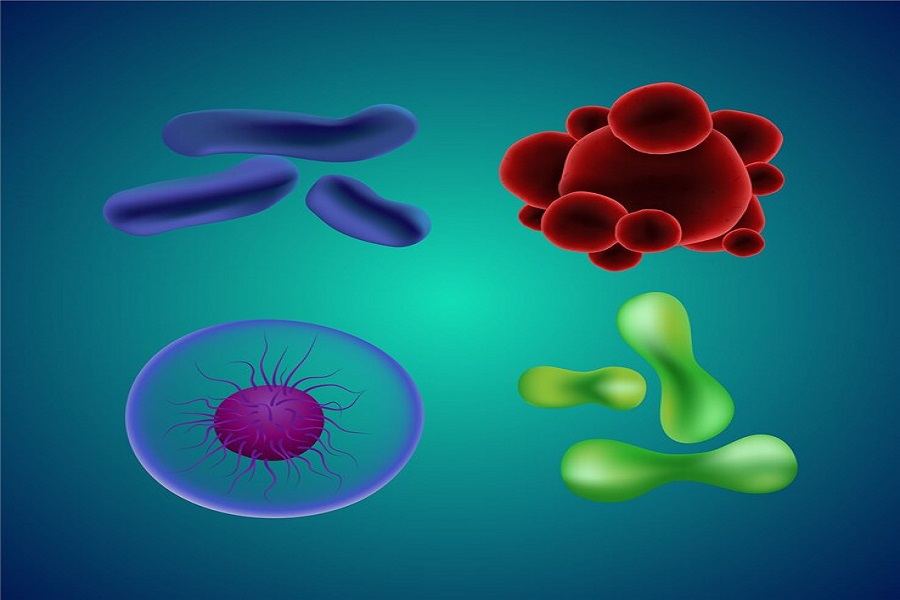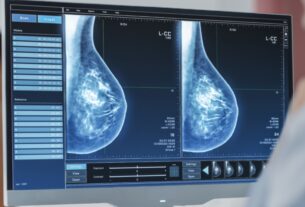
Global 3D Cell Culture Market Overview
The Global 3D Cell Culture Market is poised for strong double-digit growth by 2027, driven by rapid advancements in biotechnology, growing interest in advanced disease models, and a rising need for more accurate alternatives to traditional 2D cell culture. Increasing demand for organ transplants and tissue engineering, expansion of scaffold-free technologies, escalating research and development funding for cell-based studies, and greater focus on non-animal testing methods are among the key contributors to market expansion. The rising prevalence of chronic diseases further accelerates adoption as healthcare systems worldwide seek more precise and predictive biological models.
Get Free Sample Report: https://meditechinsights.com/3d-cell-culture-market/request-sample/
Understanding 3D Cell Culture and Its Growing Importance
3D cell culture is an essential methodology that allows cells to grow within a three-dimensional structure, closely replicating the human physiological environment. This technique offers significant advantages over conventional 2D platforms. It supports complex cellular interactions, enhances biological relevance, and enables realistic simulation of organ-level functions. Hydrogels and various biomaterials are often used in scaffold-based culture techniques, while scaffold-free systems rely on cellular self-assembly. These models play a crucial role in cancer biology, drug screening, stem cell research, and regenerative medicine, making them indispensable in modern biomedical research.
Advancing Techniques to Meet Modern Research Needs
Continuous advancement in 3D cell culture techniques is driven by the scientific community’s increasing need for models that accurately mirror human biology. Traditional 2D cultures lack the architectural and functional complexities of actual tissues, often resulting in poor clinical translation of research findings. 3D cultures bridge this gap by offering more predictive drug screening platforms and facilitating toxicity studies that better reflect in vivo behaviour.
Drug discovery and development benefit significantly from these systems, as early-stage screening becomes more reliable and cost-effective. Tissue engineering also relies heavily on 3D models to create functional tissue constructs for transplantation and research. In cancer research, 3D tumour models provide superior insights into tumour development, invasion, and therapeutic responses. Additionally, stem cell differentiation and maturation processes occur more effectively in three-dimensional architectures.
Examples of industry developments include strategic collaborations, technology enhancements, and product launches aimed at advancing 3D culture capabilities. For instance, the partnership between Vertex Pharmaceuticals and Lonza focuses on manufacturing stem cell-derived therapies for Type 1 Diabetes. Corning’s introduction of the Elplasia 12K flask enhances spheroid culture capabilities, while Thermo Fisher Scientific’s HPLM medium brings culture conditions closer to human physiology. These innovations reinforce the demand for more sophisticated culture environments.
Organoids and Microfluidics: Transforming Cell Culture Landscape
Organoids, miniature organ-like structures derived from stem cells, represent one of the most transformative trends in 3D cell culture. Their ability to mimic native tissue architecture makes them ideal for disease modeling, particularly in cancer, neurological disorders, gastrointestinal diseases, and genetic conditions. They also enable researchers to evaluate drug response and toxicity with greater precision.
The rise of personalized medicine is further driving organoid adoption, as patient-derived samples can be used to design individualized treatment strategies. Organoids reduce reliance on animal models, supporting more ethical research practices. Technological advancements, such as Thermo Fisher’s OncoPro Tumoroid Culture Medium Kit, are expanding access to cancer organoid models.
Microfluidics is another breakthrough reshaping the 3D cell culture market. Microfluidic devices allow researchers to manipulate tiny fluid volumes with high precision, offering superior control over nutrient delivery, oxygen levels, and waste removal. These “organ-on-chip” platforms enable high-throughput drug testing and dynamic simulation of physiological conditions. Corning’s advancements in microfluidic culture tools underscore the shift toward more automated and scalable 3D platforms.
Key Challenges Impacting Market Growth
Despite strong growth potential, the 3D cell culture market faces several challenges. The absence of standardized protocols makes cross-study comparisons difficult. The cost of specialized instruments, biomaterials, and skilled labor remains high, posing barriers to adoption in resource-limited settings.
Scaling up processes for industrial applications is another complex hurdle, particularly for pharmaceutical manufacturing and regenerative medicine. Ensuring biocompatibility and reproducibility across cultures remains a technical challenge. Integrating 3D models into high-throughput screening workflows and analyzing complex data generated from 3D systems require advanced computational tools and expertise. Overcoming these challenges is essential to unlocking the full potential of 3D cell culture technologies.
Regional Market Insights
North America currently dominates the global 3D cell culture market due to its advanced healthcare ecosystem, strong presence of leading biotechnology companies, supportive regulatory environment, and government initiatives promoting next-generation cell culture technologies. The region also benefits from an extensive network of research institutions and universities driving innovation.
The Asia-Pacific region is projected to experience the highest growth, supported by a growing biotechnology sector, increasing chronic disease burden, rising investments in research, and lower production costs. Expanding clinical research infrastructure and increasing interest in cellular therapies further contribute to regional market acceleration.
Key Growth Drivers
Increasing demand for organ transplants and tissue engineering
Advancements in scaffold-free technology
Surge in investments and R&D funding for cell-based studies
Rising efforts to develop alternatives to animal-based testing
Increasing incidence of chronic diseases
Competitive Landscape
The 3D cell culture market is characterized by strong competition among major global biotechnology and life sciences companies. Key players in the industry continue to expand their portfolios through product innovation, partnerships, and strategic investments in manufacturing capabilities.
Key Players
• Thermo Fisher Scientific, Inc.
• Merck KGaA
• Lonza
• Corning Incorporated
• Avantor, Inc.
• PromoCell GmbH
• Tecan Trading AG
• REPROCELL Inc.
• CN Bio Innovations Ltd
• Lena Biosciences
Growth Strategies by Market Players
Companies in this market actively adopt organic strategies such as new product launches and technological advancements, as well as inorganic strategies including acquisitions, collaborations, and capacity expansions. Merck’s €23 million investment in its Kansas facility aims to strengthen global production of cell culture media. FUJIFILM’s $188 million investment in its North Carolina facility highlights the rising demand for high-quality, animal-component-free cell culture media. These expansions reflect increasing global emphasis on scalable and reliable 3D cell culture solutions.
The anticipated market growth is further supported by increasing adoption of personalized medicine, rising use of 3D models in oncology research, demand for more physiologically accurate disease models, and continuous technological innovation across the industry.
Key Request a free sample copy or view report summary: https://meditechinsights.com/3d-cell-culture-market/request-sample/
About Us:
At Medi-Tech Insights, we are a global healthcare consulting firm committed to delivering premium insights and strategic solutions to help our clients navigate the complex and evolving healthcare landscape.
Our team combines deep industry expertise with data-driven market intelligence to provide actionable insights that enable smarter decisions and sustainable success.
With a strong focus on innovation, quality, and impact, Medi-Tech Insights has become a trusted partner for leading healthcare investors and corporates across the globe.

